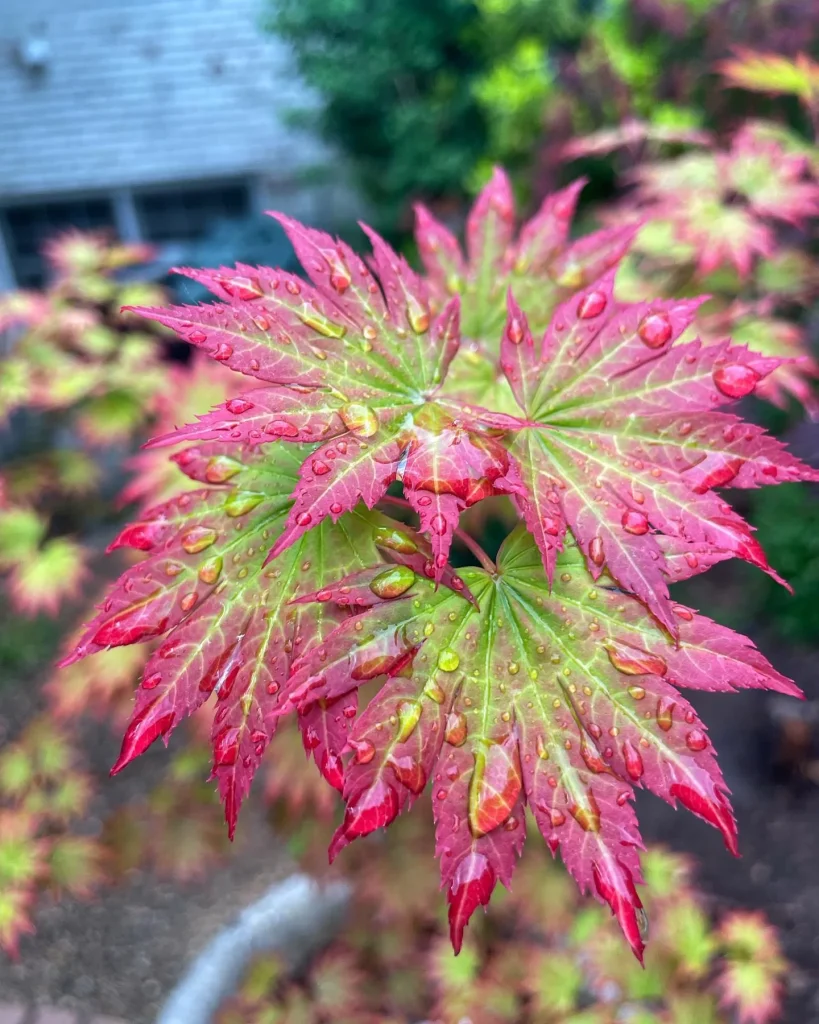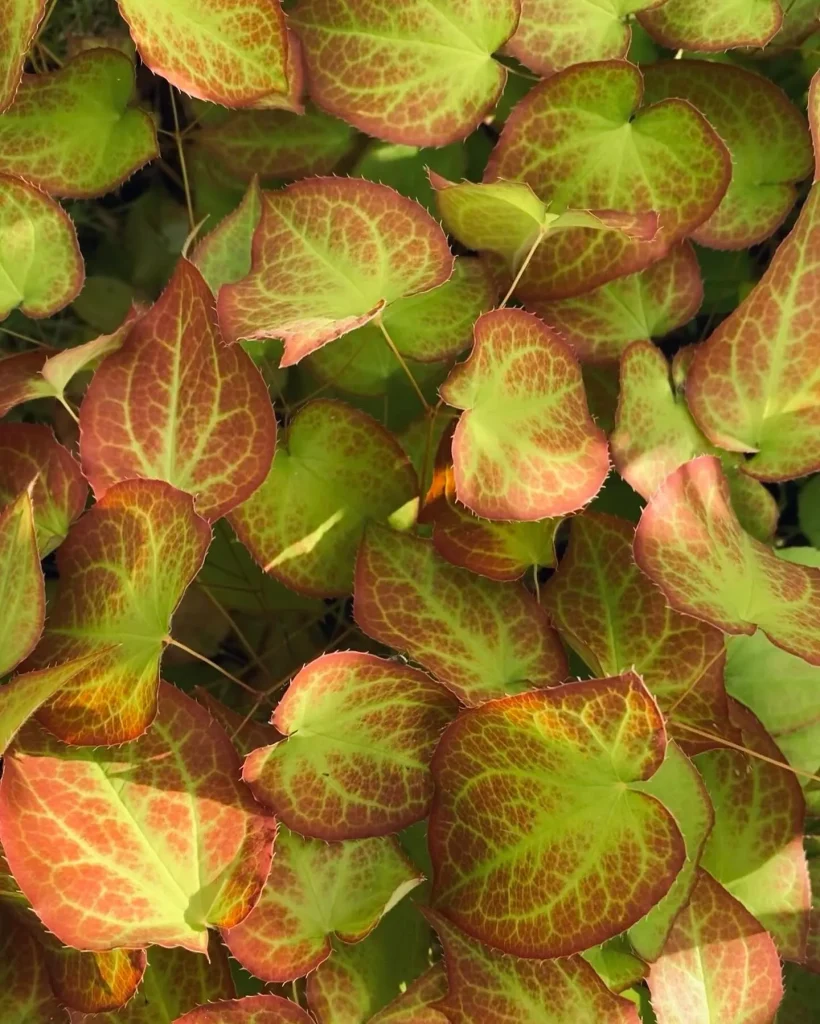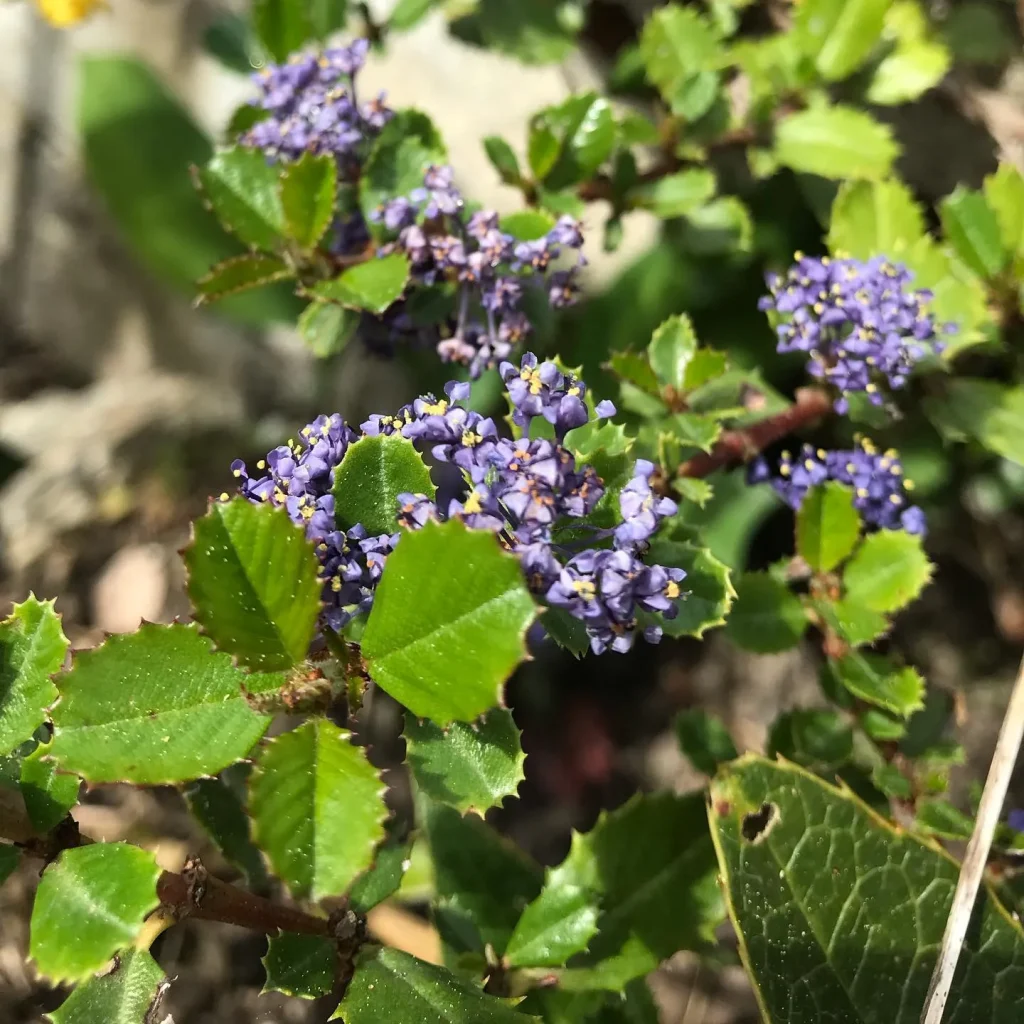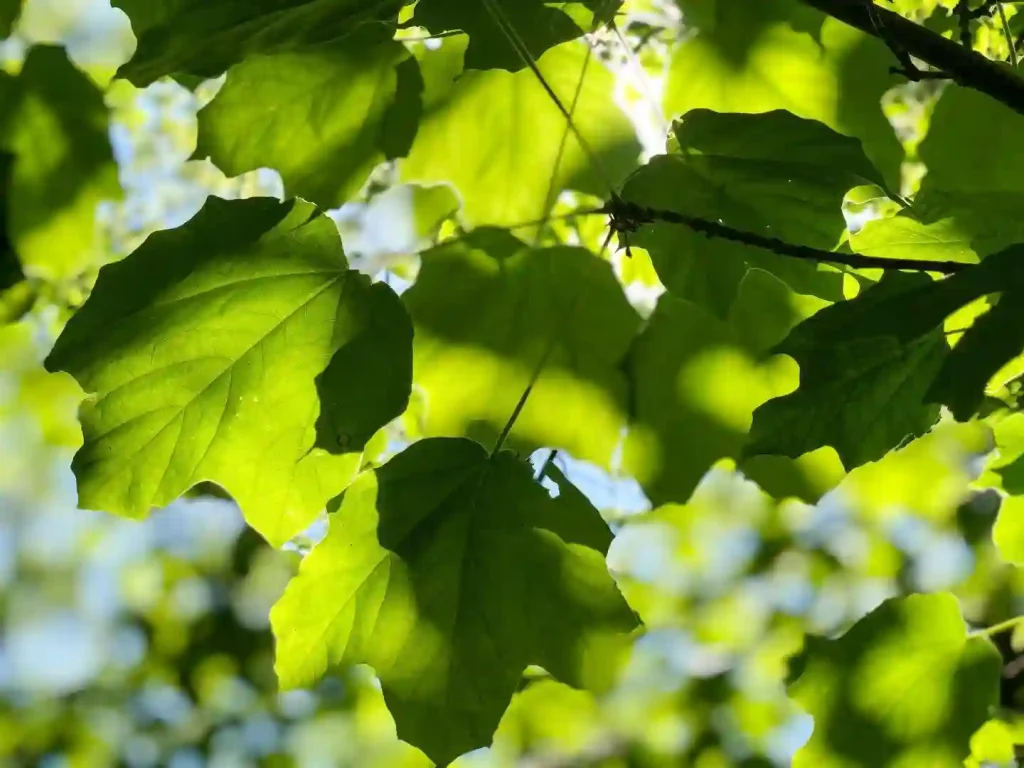
What Is Cynoglossum Amabile?
When I first encountered Cynoglossum amabile, I was captivated by its charming appearance and its intriguing background. Commonly known as the Chinese Forget-Me-Not, this plant is renowned for its delicate blue flowers that add a touch of elegance to any garden. Native to China, Cynoglossum amabile belongs to the Boraginaceae family. Its scientific name translates to “dog’s tongue” in Greek, referring to the shape of its leaves. This plant is especially popular in gardens for its vibrant color and relatively low-maintenance nature.
84 Species in Genus Cynoglossum
How to Grow Cynoglossum Amabile?
Growing Cynoglossum amabile has been a rewarding experience for me. It thrives best in well-drained soil with moderate moisture. I usually plant it in a spot that receives full sun to partial shade. If you’re starting from seeds, sow them directly in the garden after the last frost or start them indoors 6-8 weeks before the last frost date. The seeds should be lightly covered with soil and kept moist until germination.
Once established, this plant can tolerate a range of conditions but prefers cooler climates. I’ve found that it grows well in zones 3 through 10, making it versatile for various regions. Regular watering is important, but be careful not to overwater, as Cynoglossum amabile prefers slightly dry conditions between waterings. Adding a layer of mulch can help maintain soil moisture and suppress weeds.
How to Care for Cynoglossum Amabile?
Caring for Cynoglossum amabile is relatively straightforward. Regular deadheading of spent flowers will encourage continuous blooming throughout the growing season. I’ve also learned that a light annual pruning in early spring helps to maintain the plant’s shape and promote healthier growth. It’s important to provide adequate spacing between plants to ensure good air circulation and prevent potential fungal issues.
How to Propagate Cynoglossum Amabile?
Propagation of Cynoglossum amabile can be done through seeds or division. For seeds, you can collect them from mature plants and store them in a cool, dry place until you’re ready to sow them. As I mentioned before, you can start them indoors or sow them directly in the garden. When propagating by division, it’s best to do this in early spring or fall. Simply dig up the plant, divide the root ball into smaller sections, and replant them in their new locations.
What to Plant With Cynoglossum Amabile?
When choosing companion plants for Cynoglossum amabile, consider its blue flowers and growth habit. I’ve had great success pairing it with other cool-season flowers like pansies and violas. The contrast between the blue of Cynoglossum amabile and the vibrant colors of these companions creates a striking visual effect. Additionally, planting it with ornamental grasses or low-growing ground covers can provide a balanced and textured look to the garden.
Can You Grow Cynoglossum Amabile Indoors?
Growing Cynoglossum amabile indoors can be challenging. While it’s primarily an outdoor plant, you can try growing it in large containers if you have a sunny indoor space. Make sure the pot has good drainage and use a quality potting mix. Providing ample light is crucial, so placing the container near a south-facing window or under grow lights can help mimic its natural outdoor conditions.
Is Cynoglossum Amabile Edible?
As far as I know, Cynoglossum amabile is not considered edible. Its primary use is ornamental rather than culinary. It’s best to avoid consuming any part of the plant as it lacks information on its safety for human consumption.
Is Cynoglossum Amabile Toxic to Dogs?
I’ve done some research, and Cynoglossum amabile is not known to be toxic to dogs. However, it’s always a good idea to monitor pets and prevent them from chewing on plants, as even non-toxic plants can cause mild gastrointestinal upset if ingested in large quantities.
Benefits of Cynoglossum Amabile
One of the major benefits of Cynoglossum amabile is its ability to attract pollinators, such as bees and butterflies, which adds life to the garden. Additionally, its low-maintenance nature makes it an excellent choice for gardeners who want beautiful blooms without a lot of fuss. The plant’s resilience to a variety of growing conditions and its capacity to self-seed ensure that it can flourish with minimal care.
Common Problems with Cynoglossum Amabile
While Cynoglossum amabile is generally hardy, it can encounter a few issues. Overwatering can lead to root rot, so it’s important to ensure proper drainage. Additionally, watch for aphids or powdery mildew, which can sometimes affect the plant. I’ve found that regular inspection and good garden hygiene can help prevent these problems.
Comparison with Similar Plants
Cynoglossum amabile is often compared to other forget-me-nots, such as Myosotis sylvatica. While both plants share similar characteristics, Cynoglossum amabile tends to have larger flowers and a more robust growth habit compared to the more delicate Myosotis sylvatica.
In summary, Cynoglossum amabile is a delightful addition to any garden, with its vibrant blue flowers and manageable care requirements. Whether you’re growing it for its beauty or its pollinator-attracting qualities, it’s a plant that offers both aesthetic appeal and practical benefits.
If i die, water my plants!



